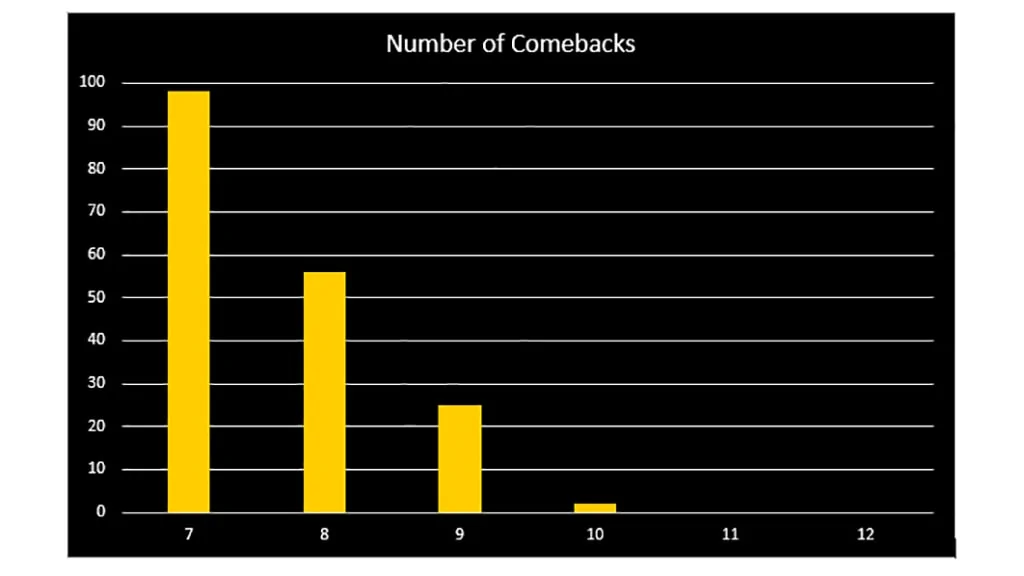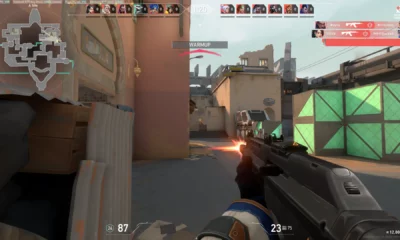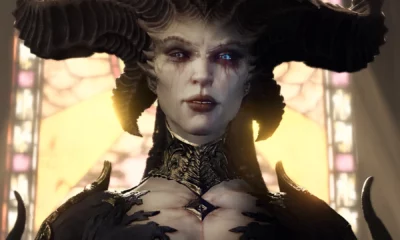Valorant
What is 9-3 Curse In Valorant? Exposing Valorant’s Most Enduring Superstition

The 9-3 curse has become a recurring phenomenon in the competitive realm of Valorant, leaving fans and players alike intrigued. From Navi versus Team Liquid to 100 Thieves against Gambit Esports, these matches have witnessed remarkable comebacks and shocking turnarounds.
The curse’s most memorable display occurred when Gambit Esports triumphed over Team Vikings, winning nine consecutive rounds to secure victory on match point during the Valorant Champions 2021 group stages. Even at Champions 2022, DRX and FunPlus Phoenix defied the odds, rallying from 3-9 deficits in the group stage. These instances have ignited an enduring superstition in Valorant—does the 9-3 curse truly exist?
Analyzing the Frequency of Comebacks
To determine the validity of the 9-3 curse, a closer examination of the numbers is necessary. Fortunately, the diligent analysts at Dignitas have already delved into the statistics, meticulously studying game data from VCT tournaments starting from Stage 1. Their findings shed light on the likelihood of a comeback when a game concludes with a 9-3 half, as opposed to a 7-5 or 8-4 half.

The data collected reveals that throughout VCT 2021, there were 212 instances of games featuring 9-3 halves across all regions. In international LAN events like VCT Stage 3 Masters Berlin, 28 games reached a 9-3 halftime score. Surprisingly, the number of comebacks following a 9-3 half during VCT 2021 amounted to a mere 25, constituting only 11.79 percent of the total occurrences.
At LAN events, the curse materialized only five times—twice at Stage 3 Masters Berlin and thrice during Valorant Champions in the previous year. This translates to a slightly higher percentage of 17.8, compared to the rest of the VCT circuit. Consequently, it appears that a 9-3 half does not inevitably lead to defeat. In fact, teams with a solid six-round advantage at halftime often secure victory in the ensuing map.

The Rarity of Comebacks from a 9-3 Deficit
Contrary to expectations, comebacks after a 9-3 half were less common compared to those from 7-5 or 8-4 halves. This discrepancy can be attributed to the greater difficulty of overcoming a six-round deficit, as opposed to a two or four-round gap. Notably, a clear correlation exists between a smaller round deficit and the frequency of successful comebacks across all scenarios.
The Illusion of the 9-3 Curse
Why, then, does the 9-3 curse persist in popular perception despite the statistical evidence to the contrary? The answer lies in the nature of competitive Valorant and the human tendency to perceive patterns where none exist.
Comebacks occur regularly in Valorant, regardless of the halftime score. Factors such as switching to the favored side of the map or playing to a team’s strengths can ignite fresh momentum and turn the tide of the game. The 9-3 curse may appear real due to the notable performances and clutch plays witnessed in these comebacks, which leave lasting impressions on viewers’ minds.
Furthermore, the 9-3 curse could become a self-fulfilling prophecy. Just like in any other sport, a team’s mental state significantly impacts their performance in Valorant. The prevalence of the 9-3 myth may subconsciously affect player confidence. Lack of confidence can result in crucial mistakes, such as relinquishing map control or hesitating to peek and missing out on potential trades.
Ultimately, the numbers debunk the notion that a 9-3 score guarantees an imminent comeback. Yet, the allure of a gripping narrative and the intrigue surrounding superstitions explain why the legend of an epic comeback against insurmountable odds, sprinkled with a touch of superstition, continues to captivate the Valorant community.
In the realm of professional Valorant, the 9-3 curse has enthralled fans and players, fueling debates about its existence and impact. However, a thorough analysis of the statistics reveals that a 9-3 halftime score does not determine the outcome of a game. Comebacks from a 9-3 deficit are relatively rare, especially when compared to smaller round deficits. The perception of the 9-3 curse may stem from the sensational nature of comebacks, memorable performances, and the psychological impact it has on players. While superstitions persist, the numbers unequivocally demonstrate that a 9-3 scoreline should not be regarded as a guaranteed loss or a harbinger of defeat in the world of Valorant.
Thank you for taking the time to read our article. To stay up-to-date with the latest news and articles, we kindly recommend following The Esports Today on Google News.














